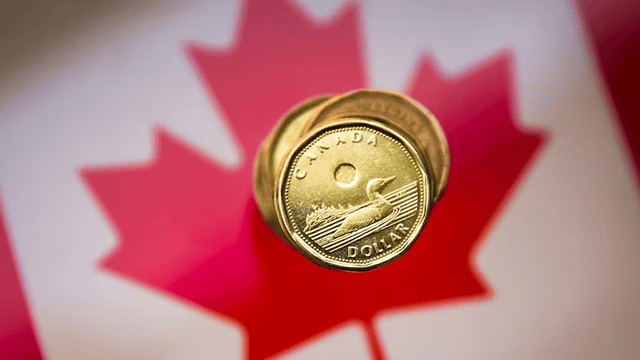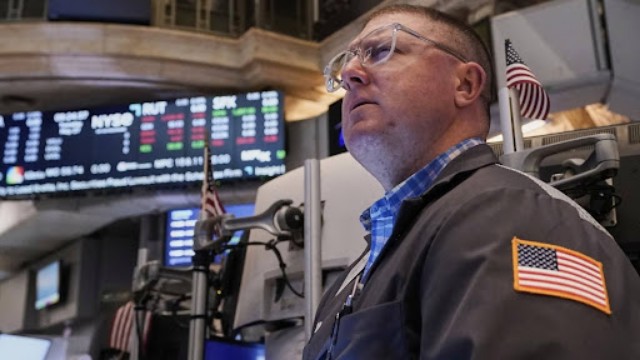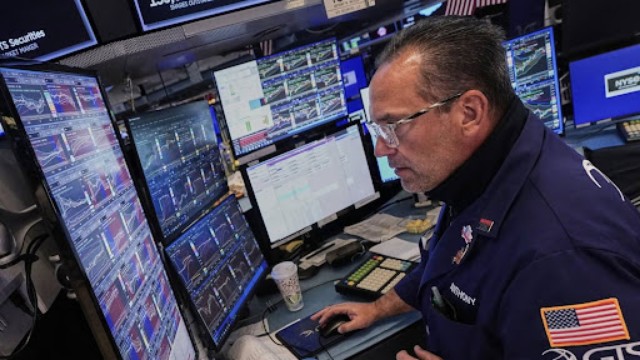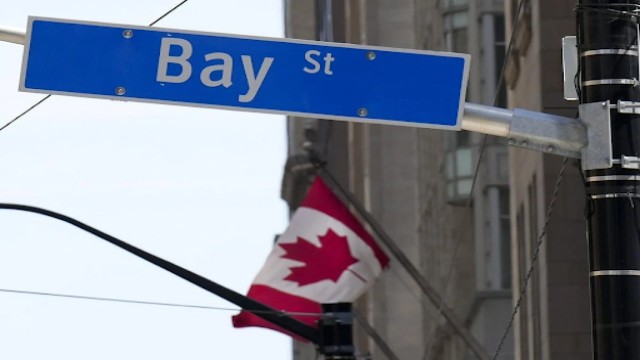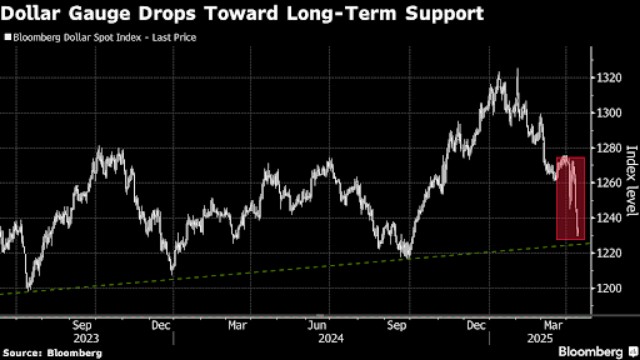
The Dollar Falls Closer to the Key Support Level
The US dollar has slipped to its lowest point this year as ongoing trade tensions and tariff uncertainties continue to weigh heavily on market sentiment. This marks the fifth straight day of losses for the currency, with investors expressing growing concern over the economic fallout from President Donald Trump’s trade policies.
In early Asian trading, the Bloomberg Dollar Spot Index dropped 0.2%, falling to its weakest level since October. So far this year, the index has declined nearly 6%, reflecting deepening worries over the US-China trade war, shaky domestic policy, and fears of slowing economic growth.
President Trump sparked renewed anxiety on Sunday by confirming that tariffs on electronics—including phones, computers, and other popular consumer items—are still very much on the table. This comment followed an earlier indication of a temporary exemption, which the president later dismissed as a technical move. In a social media post, he stressed, “NOBODY is getting ‘off the hook.’”
Currency experts believe this back-and-forth is contributing to the dollar’s ongoing decline. Dane Cekov, a senior strategist at Sparebank 1 Markets in Oslo, noted that a stable or rising dollar is unlikely without a swift and meaningful resolution to the trade conflict. He warned that if tariffs continue to bite into economic indicators such as spending, inflation, and jobs, the dollar could remain under pressure for months to come.
A recent Bloomberg survey reflects this sentiment, with nearly 80% of respondents expecting the dollar to fall further over the next month. This is the highest level of pessimism among traders since Bloomberg began tracking such surveys in 2022.
Speculative traders are also betting against the greenback, with data from the Commodity Futures Trading Commission showing a rise in short positions as of April 8. Meanwhile, volatility remains close to its highest point in two years, indicating widespread uncertainty among investors.
On the policy front, the Federal Reserve seems unlikely to step in with aggressive support. Minneapolis Fed President Neel Kashkari commented over the weekend that the central bank cannot alter the broader changes taking place in the US economy. His remarks followed speculation by Boston Fed President Susan Collins that intervention could be possible.
Market analysts from top Wall Street firms like JPMorgan Chase and Mizuho Bank expect further weakness in the dollar. JPMorgan sees the yen and euro strengthening against it, especially if fears of a recession gain momentum. Mizuho analysts believe the dollar might decline by another 5% before stabilizing, pointing to similar patterns seen in previous downturns.
Goldman Sachs analysts argue that the tariff policies are eroding confidence among both consumers and businesses. They say the combination of higher prices, tighter margins, and reduced spending power could unravel the long-held perception of US economic strength—once the key factor behind a strong dollar.
In response, demand for dollar protection has surged. A key index measuring investor bets on dollar movement has dropped to levels not seen since March 2020, during the height of the global pandemic.






